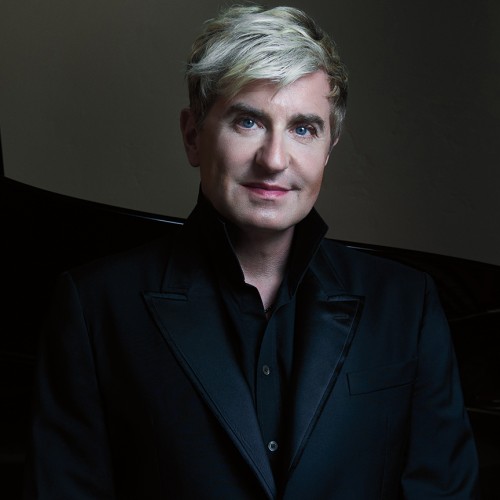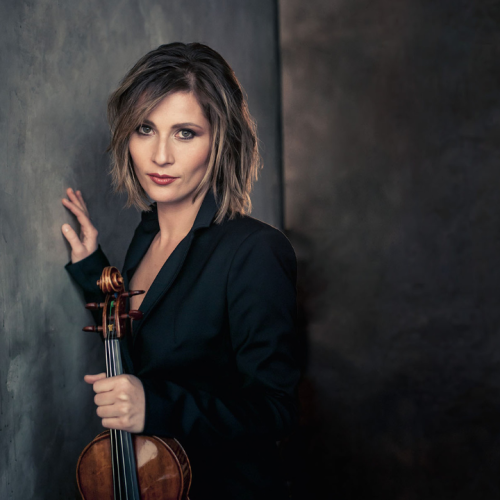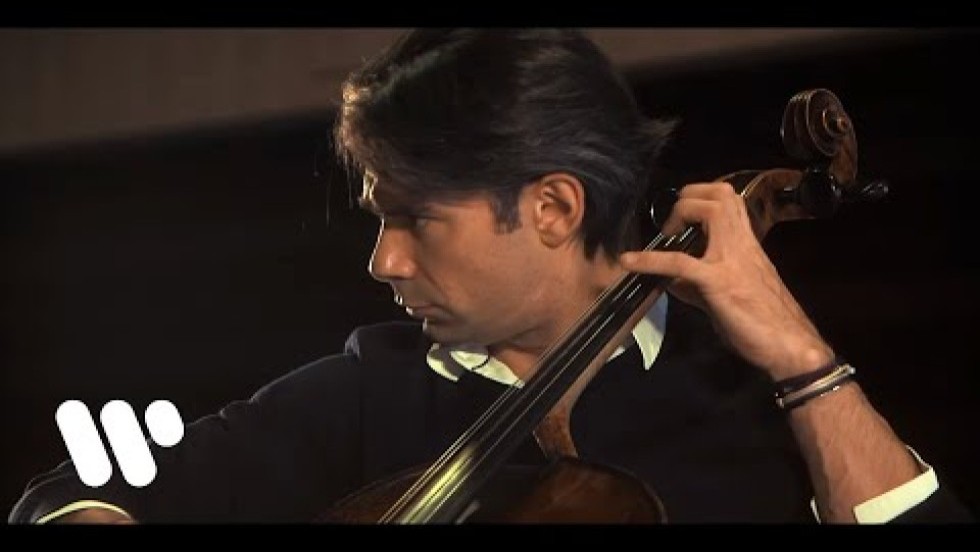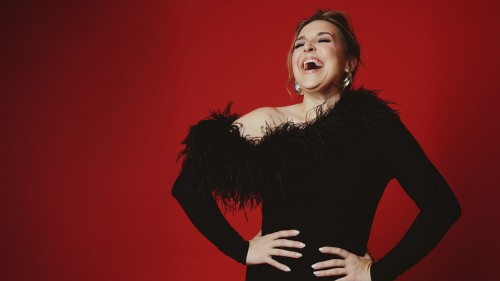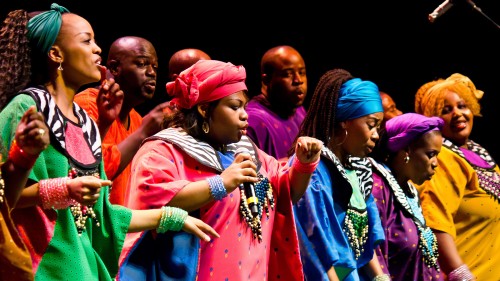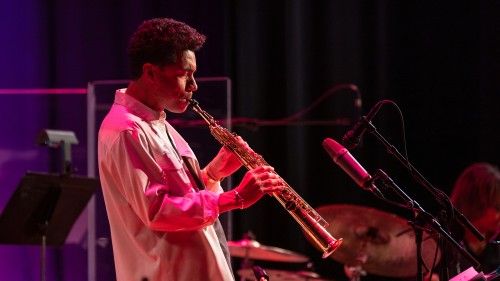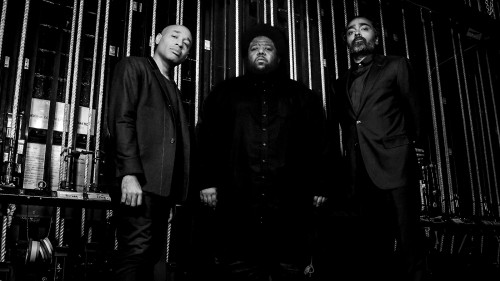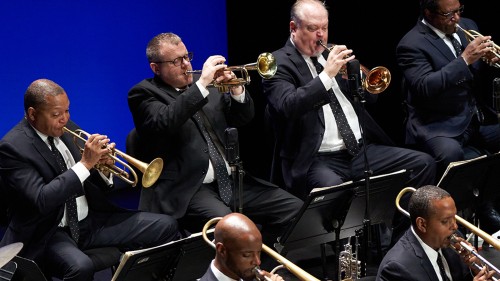Mendelssohn completed his second piano trio in 1845 while living in Frankfurt. That spring was relatively calm, providing much-needed respite with his wife Cécile and four children (Lilli, their fifth and final child, would arrive in September). It was his final trio for piano, violin, and cello; his first, published in 1839, had received enthusiastic praise from Robert Schumann. Schumann proclaimed Mendelssohn’s first trio “the master Trio of the age,” while Mendelssohn himself was deemed “the Mozart of the nineteenth century, the brightest musician, who most clearly understands the contradictions of the age and is the first to reconcile them.”
Though Mendelssohn gave the Trio to his sister Fanny as a birthday present, he formally dedicated it to the violinist and composer Louis Spohr. Mendelssohn had met Spohr, a contemporary of Beethoven’s, decades earlier through his and Fanny’s piano teacher, and the two maintained a close relationship. Upon news of Felix’s engagement in 1836, Spohr sent him a song he had composed for Cécile; Felix responded that it was “perfectly suited” to her voice. Ten years later, Mendelssohn sent Spohr a copy of his second piano trio along with a letter which opened,
“Do not be angry with me for having been so bold as to dedicate the enclosed Trio to you without consulting you in advance…. I would like to have saved the honor for a somewhat longer piece; but then I should have had to put it off, as I so often have had to of late; nothing seemed good enough for me, and in fact neither does this trio.”
Mendelssohn cast the trio in C minor, a key that held associations with Mozart and Beethoven. Mozart used the key sparingly but to great effect in works such as his twenty-fourth piano concerto, the Masonic Funeral Music, and his Great Mass. Beethoven’s use of the “stormy” key includes some of his most enduring works: the Pathétique sonata, the second movement “Funeral March” of the Eroica Symphony, and the Fifth Symphony. Mendelssohn would have known and played many of these works, including an 1847 performance from memory of Beethoven’s 32 Variations in C minor. Mendelssohn leans enthusiastically into the tempestuous connotations of the key, initiating the Trio with a swirl of arpeggios evocative of choppy waves. The movement, a standard three-part movement in sonata form, largely continues in this intense vein before ending in a ferocious, Beethovenian coda.
Solo piano introduces the tranquil rocking theme of the second movement before passing it to the strings. The middle section wanders into a minor key, building to an impassioned duet for the violin and cello. At their climax Mendelssohn returns to the opening material, the strings playing the theme in unison alongside an ornamented piano accompaniment until the movement peacefully concludes. The brief, contrapuntal Scherzo, which Felix described as “a trifle nasty to play,” races along in a ceaseless gallop, surging forward to a soft, pizzicato finish.
The finale opens with a large upward leap in the cello; Mendelssohn threads this gesture throughout the movement in various guises. Following a soft restatement of the theme by the violin, the turbulent music unexpectedly yields to a chorale setting of a Protestant hymn. The first several bars of the chorale bear an unmistakable resemblance to “Old Hundredth,” commonly known as “All People that on Earth do Dwell” (Bach used this theme in a cantata setting). A devout Christian, Mendelssohn frequently quoted hymn tunes and wrote chorales into his compositions, most notably in his “Reformation” Symphony. The music again turns stormy, seemingly unstoppable, before drastically morphing into a powerful restatement of the chorale theme. The celebratory energy released by the chorale proves uncontainable and the work ends in a jubilant climax.
©Andrew McIntyre, 2023
